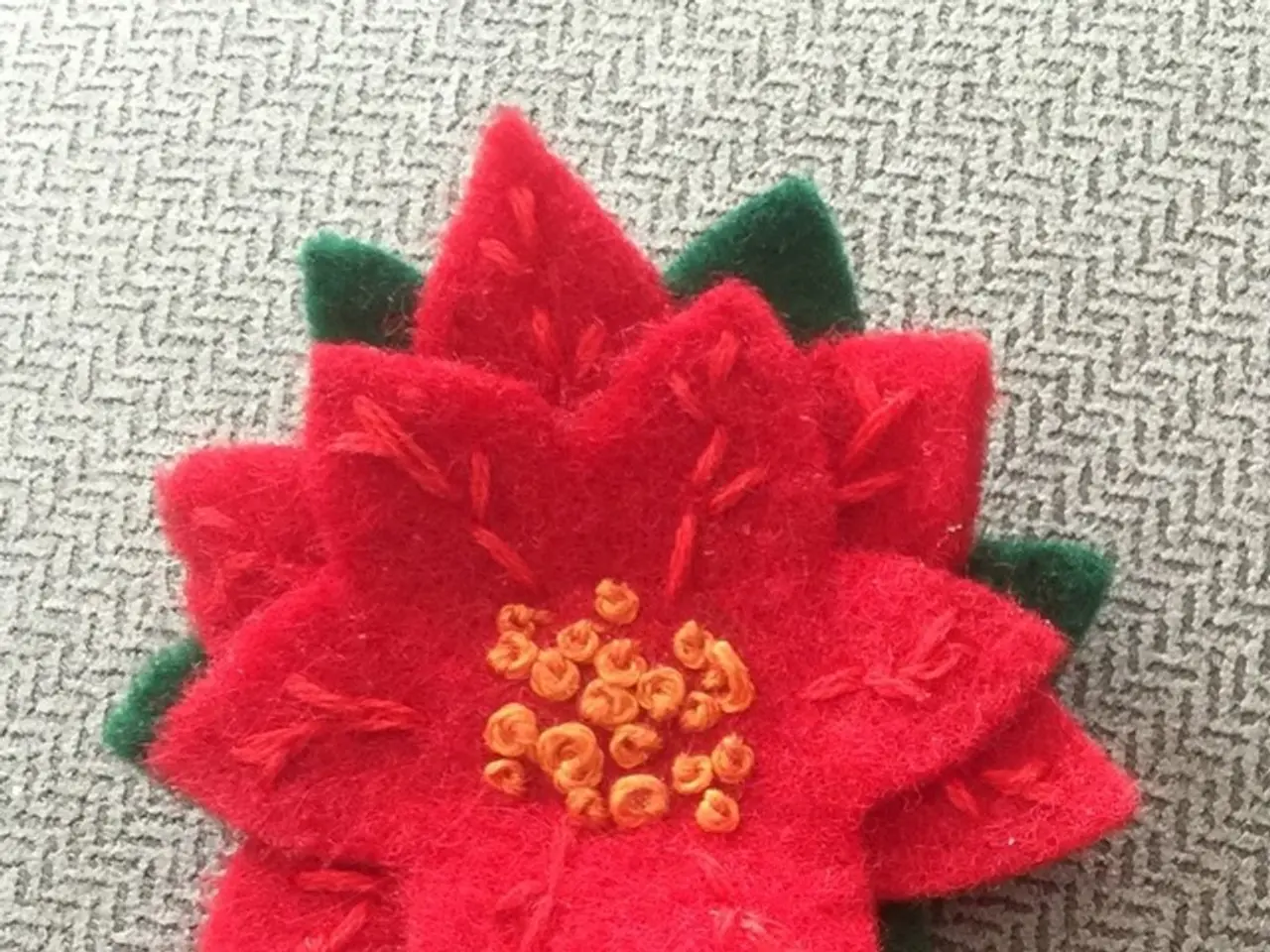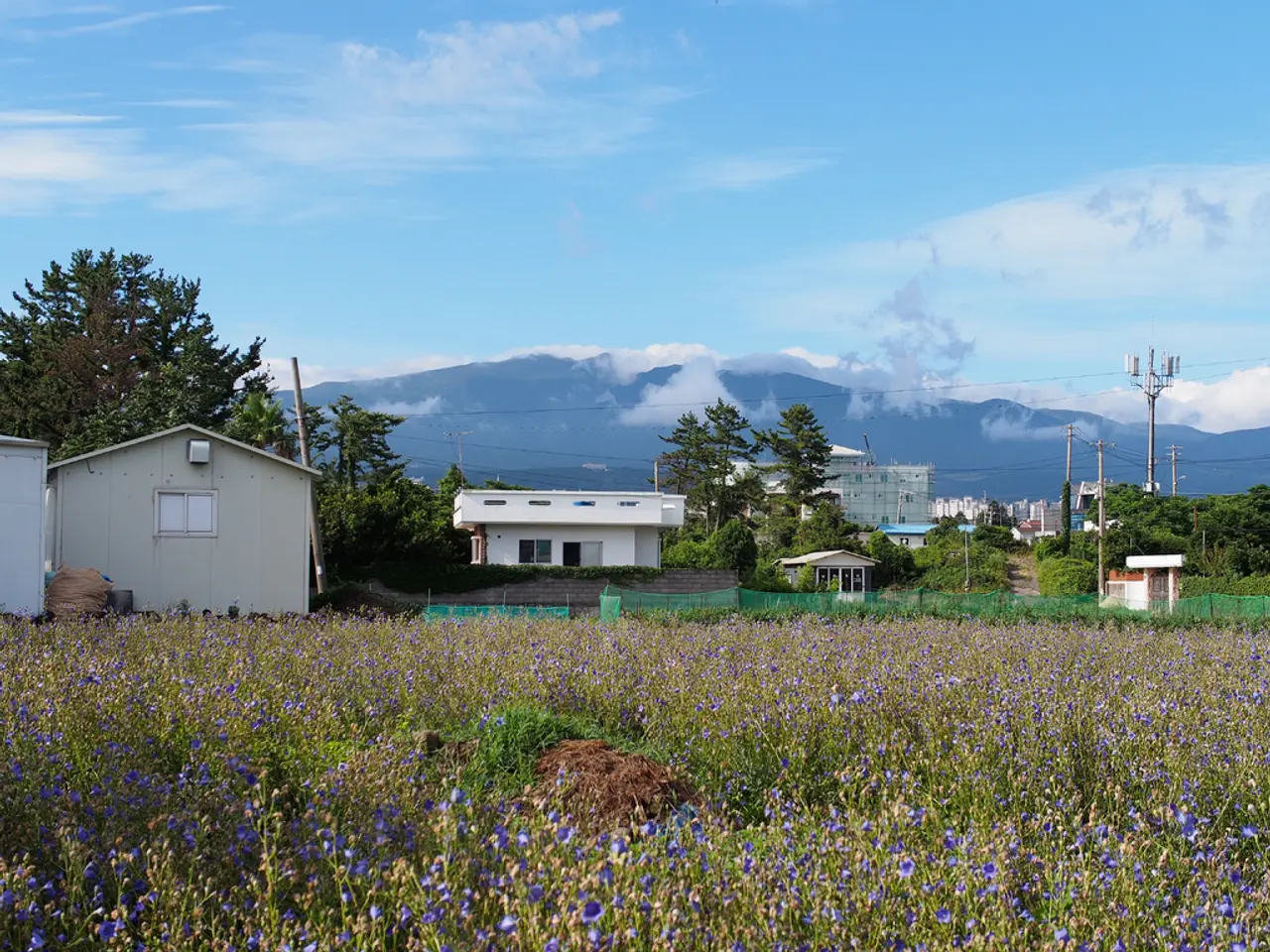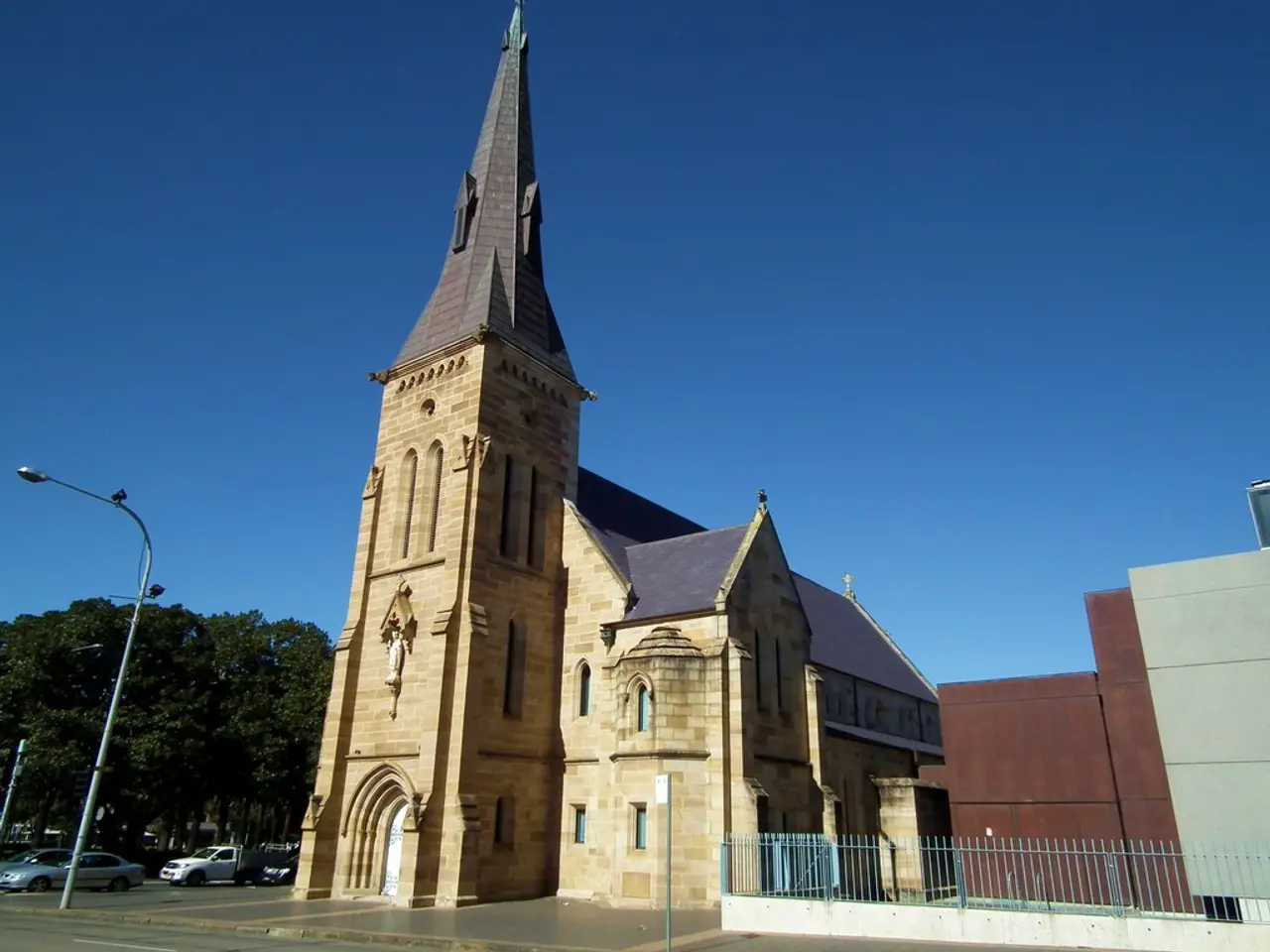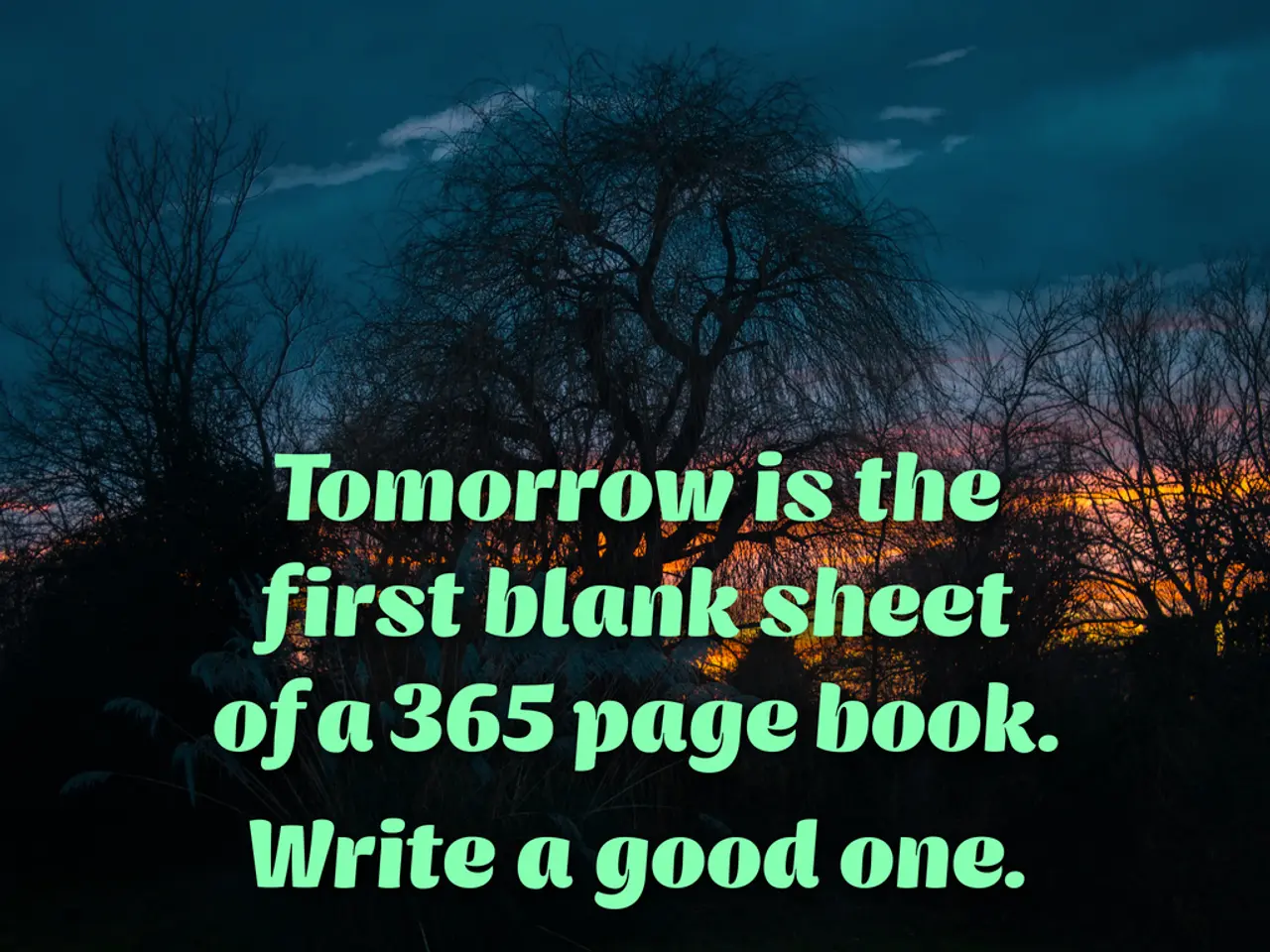Stylish Abodes Embrace a New Design Trend, Pushing Berber Rugs Aside in 2025
In the world of interior design, trends are always evolving, and 2025 is no exception. One of the most notable shifts is the growing popularity of flatwoven rugs, which are gradually replacing Berber rugs in many homes and commercial spaces.
Lauren Saab, a Texas-registered interior designer, explains that flatwoven wool rugs are particularly advantageous in spaces that require pattern without bulk. These rugs, made of natural wool and boasting sleek geometric shapes, edge out Berber rugs in terms of practicality and longevity.
The preference for flatwoven rugs stems from their durability, ease of cleaning, and the trend towards minimalist, modern designs. In 2025, homeowners are embracing abstract rugs with bold, expressive, and unique designs that act as statement art pieces for floors. These abstract patterns offer individuality and modern flair, appealing to those wanting more personal expression in their interiors.
Another significant trend is the focus on eco-friendly and sustainable rugs made from natural fibers like jute, sisal, and wool, using organic, low-VOC dyes and handmade techniques. This shift caters to the growing demand for responsible and natural living environments.
Bold colors and artistic patterns are also popular, with deep emerald green, burnt orange, indigo, and mustard yellow, along with geometric, painterly, or hand-painted motifs, adding color and personality to spaces.
Interestingly, plush, high-pile carpets are making a comeback, especially in warm shades with bold colors and unexpected patterns like plaid and tartan. Wool carpets stand out for their luxury and eco-friendly attributes, catering to the growing desire for comfort and sustainability.
Patchwork cowhide rugs with geometric patterns and organic textures are a niche resurgence, blending authenticity and modernity. Cowhide rugs bring a natural tactile appeal and unique storytelling qualities into contemporary decor.
A traditional Kelim (or Kilim) rug, composed of a flat-woven wool mix, is suitable for high-traffic areas due to its slit-weave technique and flat, tapestry-like surface. The Kilim (or Kelim) rug is a discernible style coming to the fore, known for its distinctive, bold, and often geometric patterns and vibrant colors.
Checkered iterations of Kilim or Dhurrie rugs have been particularly popular, with subtle changes in color and texture resulting from interlaced geometric patterns. These rugs, originating from Persia and often associated with Indian craftsmanship, are ideal for high-traffic zones due to their durability.
However, Berber rugs, while still timeless and practical, are going out of style in 2025 due to practicality issues like difficulty in cleaning, shedding, and door swing clearance. In addition, the texture of Berber rugs can flatten quickly, and their tight loops aren't well suited for pet owners.
The move toward flatwoven rugs in 2025 is confidently backed, as they feel lighter, brighter, and more practical, while visually anchoring the entire space. When choosing a living room rug, Lauren suggests placing one beneath a sharp-lined coffee table or across polished concrete to soften hard materials without adding visual weight.
In 2025, flatwoven rugs are prevailing in interior design, with sun-faded palettes of chalk, clay, and limestone being popular for their understated elegance. Sometimes, these rugs blend different materials like wool and jute, adding a unique texture to the space.
In conclusion, flatwoven abstract designs, bold colors, sustainable natural fiber rugs, and some plush and cowhide innovations are the leading styles replacing Berber rugs in popularity for 2025 interiors. These trends reflect a shift towards practicality, sustainability, and personal expression in home design.
- In the world of interior design, the growing popularity of flatwoven rugs is replacing Berber rugs, particularly in spaces requiring pattern without bulk.
- Homeowners are embracing abstract rugs with bold, expressive, and unique designs in 2025, as these act as statement art pieces for floors.
- Another significant trend is the focus on eco-friendly and sustainable rugs made from natural fibers like jute, sisal, and wool, using organic, low-VOC dyes and handmade techniques.
- Bold colors and artistic patterns are popular, with deep emerald green, burnt orange, indigo, and mustard yellow, along with geometric, painterly, or hand-painted motifs, adding color and personality to spaces.
- The traditional Kelim (or Kilim) rug, composed of a flat-woven wool mix, is suitable for high-traffic areas due to its slit-weave technique and flat, tapestry-like surface.
- In contrast to the dwindling popularity of Berber rugs, flatwoven rugs are prevailing in interior design in 2025, with sun-faded palettes of chalk, clay, and limestone being popular for their understated elegance.




